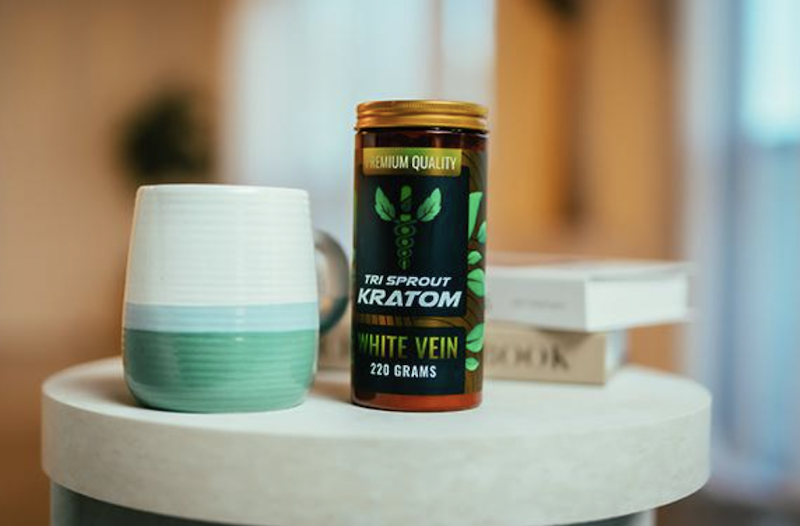As awareness of the risks associated with opioid medications continues to grow, many people are seeking natural alternatives to opioids for managing pain. This exploration into natural pain relief offers insights into effective, safer options that can alleviate discomfort without the dangers linked to opioid use.
The Opioid Crisis and the Need for Natural Alternatives
The opioid crisis is a widespread issue characterized by the misuse of opioid medications, leading to addiction, overdoses, and deaths. While opioids are potent pain relievers, they come with a high risk of dependence and severe side effects. Consequently, the search for natural alternatives to opioids has gained momentum.
Herbal Supplements as Natural Alternatives to Opioids
Kratom
Kratom (Mitragyna speciosa) is a tropical tree whose leaves contain alkaloids that interact with the body in various ways. Scientific research has explored the pharmacological properties of kratom and its potential effects. While some studies have been conducted, we encourage individuals to consult with healthcare professionals and review available research, such as studies on the National Center for Biotechnology Information (NCBI), to make informed decisions.
CBD (Cannabidiol)
CBD, a compound found in cannabis, offers anti-inflammatory and analgesic properties without producing a high. It is particularly effective for conditions such as arthritis, neuropathic pain, and chronic discomfort.
Turmeric
Turmeric contains curcumin, a powerful anti-inflammatory and antioxidant compound. It is known to reduce inflammation and pain, especially in conditions like arthritis.
Willow Bark
Willow bark has been used for centuries as a natural pain reliever. It contains salicin, a compound similar to aspirin, making it effective for headaches, back pain, and joint discomfort.
Lifestyle Changes and Nutritional Support
Anti-Inflammatory Diet
Adopting an anti-inflammatory diet rich in whole foods like fruits, vegetables, lean proteins, and healthy fats can help reduce inflammation and manage pain. Foods high in omega-3 fatty acids, antioxidants, and fiber are particularly beneficial.
Regular Exercise
Exercise is a natural way to relieve pain by releasing endorphins, the body’s natural painkillers. Activities such as walking, swimming, and yoga can improve flexibility, strength, and overall well-being, making pain more manageable.
Adequate Sleep
Quality sleep is essential for pain management as it allows the body to repair and recover. Establishing a regular sleep schedule and creating a restful environment can improve sleep quality and reduce pain.
Alternative Therapies for Pain Relief
Acupuncture
Acupuncture involves inserting thin needles into specific points on the body to relieve pain and promote healing. It is particularly effective for chronic pain conditions like back pain, migraines, and osteoarthritis.
Chiropractic Care
Chiropractic care focuses on diagnosing and treating musculoskeletal disorders, especially those involving the spine. It helps relieve pain and improve function in conditions such as back pain, neck pain, and headaches.
Massage Therapy
Massage therapy manipulates the body’s muscles and soft tissues to relieve pain and tension. It is beneficial for various pain conditions, including muscle pain, fibromyalgia, and chronic back pain.
Mind-Body Techniques
Mind-body techniques like mindfulness meditation, biofeedback, and relaxation exercises help manage pain by reducing stress and improving the body’s response to discomfort. These methods promote relaxation and emotional well-being.
Creating a Personalized Pain Management Plan
Assessing Your Pain
Start by assessing the type, intensity, and frequency of your pain. This will help you choose the most appropriate natural remedies and therapies for your condition.
Setting Realistic Goals
Set achievable goals for managing your pain, such as reducing pain intensity, improving mobility, or enhancing overall well-being. These goals will guide your choice of treatments and lifestyle changes.
Integrating Natural Remedies
Incorporate herbal supplements, lifestyle changes, and alternative therapies into your daily routine. This holistic approach provides comprehensive pain relief and supports long-term health.
Consulting with Healthcare Providers
Always consult with healthcare providers before starting new treatments, especially if you are currently taking medications or have underlying health conditions. They can help you safely integrate natural remedies with conventional treatments.
Monitoring Progress and Adjusting Your Plan
Keeping a Pain Journal
Track your pain levels, symptoms, and the effectiveness of different treatments. This helps identify patterns and make informed decisions about adjusting your pain management plan.
Regularly Reviewing Your Plan
Periodically review your plan with your healthcare provider to assess its effectiveness and make any necessary adjustments. This ensures that your plan remains aligned with your needs and goals.
Staying Informed and Engaged
Stay informed about new research and developments in natural pain management. Engage with support groups or online communities to share experiences and learn from others managing pain naturally.
Balancing Benefits with Responsible Use
Natural alternatives to opioids offer a safe and effective way to manage pain without the risks of addiction and severe side effects. By combining herbal supplements, lifestyle changes, and alternative therapies, you can create a comprehensive and personalized pain management plan. Discover the benefits of natural pain management with our premium products and holistic solutions. Explore Tri Sprout’s range of high-quality, independently lab-tested products to support your wellness journey. Whether you’re seeking relief from chronic pain, inflammation, or other conditions, we offer high-quality, effective options to support your journey to better health.

























